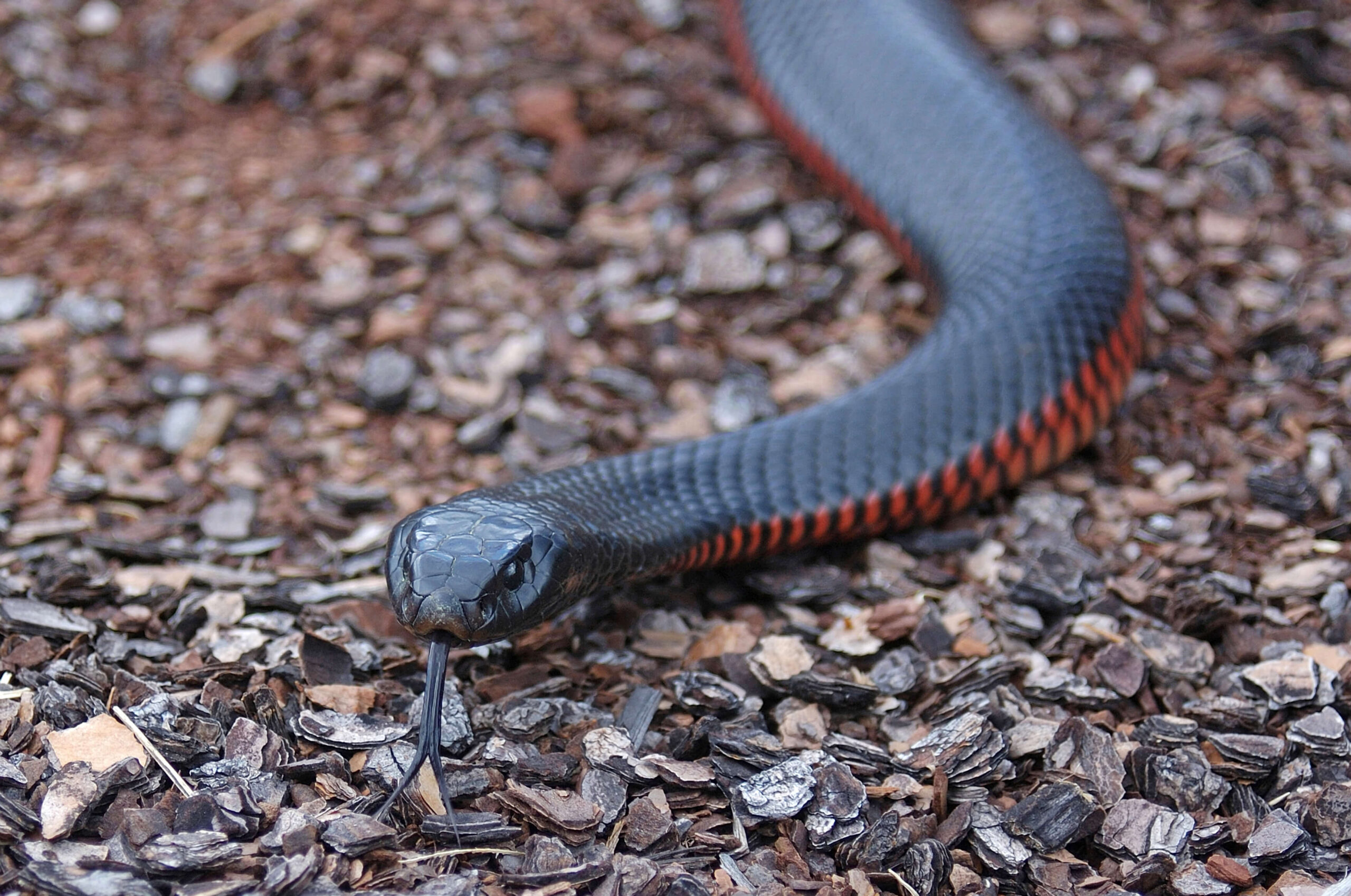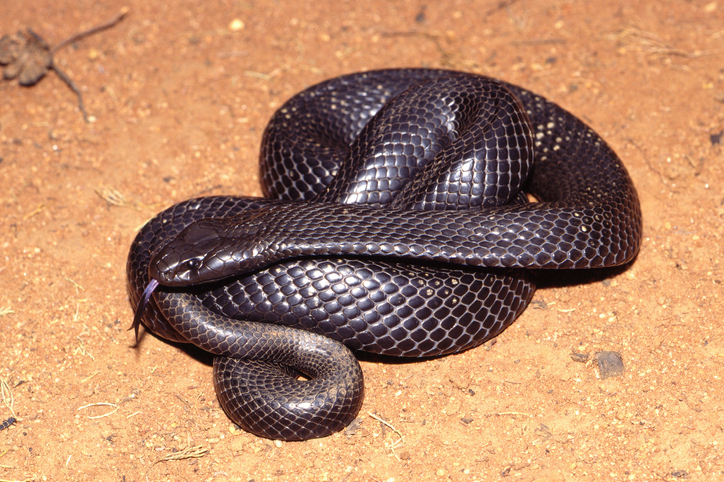Introduction
Tiger serpents are among the most well-known and feared reptiles in Australia, widely identified for their striking look and potent poison. This article intends to delve into the details of the tiger snake's environment, distribution, behavior, and what one can expect when experiencing these fascinating animals. By comprehending where to locate them and how to navigate prospective dangers, you can appreciate their role in the ecological community while ensuring your safety.
Tiger Snake Environment: Where to Discover Them and What to Expect
Tiger serpents are mainly located in southeastern Australia, consisting of Tasmania, where they prosper in a variety of environments. Their adaptability permits them to occupy diverse terrains such as seaside regions, wetlands, grasslands, and even urban areas.
snake bite first aid pdfGeographical Circulation of Tiger Snakes
The geographical reach of tiger snakes prolongs throughout a number of Australian states. They are particularly usual in:

- Tasmania: The Tasmanian tiger snake is one of the most acknowledged subspecies. Victoria: Discovered near water bodies like rivers and lakes. New South Wales: Preferring bushland areas near to water sources. Western Australia: More typically seen around swamps and estuaries.
Understanding the geographical circulation is essential for both preservation initiatives and public understanding pertaining to encounters with these snakes.
Preferred Environments of Tiger Snakes
Tiger serpents thrive in different environments. Below are some typical environments where they may be found:
Wetlands: They like marshy or swampy areas where they can access target easily. Coastal Regions: Near beaches or rough shorelines offer abundant food sources like fish and amphibians. Forested Areas: Thick brushwood uses sanctuary from predators while providing hunting grounds.
Behavioral Patterns Related to Habitat
Understanding tiger serpent actions within their habitats is vital for communication management:
- Nocturnal Activity: Tiger serpents have a tendency to be a lot more energetic during golden hours (sunset and dawn), making them harder to spot during daytime. Territorial Nature: They show territorial habits; thus, it's vital to respect their space if encountered.
This understanding can aid alleviate unwanted communications between humans and tiger snakes.
Are Tiger Snakes Venomous?
Yes, tiger snakes are indeed poisonous. Their venom consists of neurotoxins that can cause paralysis and even death if untreated.
What Makes Their Poison Dangerous?
The potency of a tiger serpent's venom differs depending on numerous variables:
- Geographic location Individual health Quantity injected during a bite
Symptoms of a Tiger Serpent Bite
Recognizing signs and symptoms early is vital:
- Pain at the bite site Swelling Difficulty breathing
Immediate clinical interest is necessary if bitten.
First Aid for Snake Bites
Knowing first aid procedures can be lifesaving in instance of a snake bite.
First Aid Tips for Snake Bites
Stay calm; keep the affected area still. Call emergency solutions immediately. Apply a pressure bandage above the bite site. Keep the individual lying down till help arrives.Following these actions can significantly boost end results complying with a serpent encounter.
Where Else Can You Encounter Tiger Snakes?
While they're frequently located in their all-natural environments, urbanization has actually brought about enhanced Australian Tree Snakes encounters with humans.
Urban Encounters
Tiger serpents may venture into yards or parks looking for food or water sources.
Precautions When Hiking or Exploring
When discovering locations recognized for tiger snake habitats:

- Wear thick boots Stay on paths Be vigilant
Taking these precautions will certainly assist lessen threats while you appreciate nature.
Baby Tiger Snakes: An One-of-a-kind Point Of View on Growth
Just like adults, baby tiger snakes are birthed poisonous however smaller sized in size.
Characteristics of Infant Tiger Snakes
- Size: Commonly around 20-- 30 centimeters when born. Appearance: Sport similar pigmentation as grownups however may have lighter bands initially.
Understanding their advancement assists in appreciating their eco-friendly role from early stage onward.
FAQs regarding Tiger Snakes
1. Are all tiger snakes venomous?
Yes, all types of tiger serpents have venom efficient in creating severe harm.

2. Just how can I identify a tiger snake?
Look for unique banding patterns varying from yellowish-brown to blackish shades along their bodies; adults typically grow in between 1-- 2 meters long.
3. What must I do if bitten by a tiger snake?
Seek prompt medical interest; use emergency treatment measures as talked about earlier while keeping calm.
4. Do child tiger serpents posture any danger?
Absolutely! Regardless of their little size, child tiger serpents are still venomous and can supply bites that call for severe clinical attention.
5. Exist any certain habitats I must avoid?
Avoid walking through dense underbrush or near stagnant water where problems prefer snake visibility during warmer months.
6. How do preservation initiatives influence tiger snake populations?
Conservation efforts concentrate on habitat preservation which straight impacts population stability by making sure sufficient food resources and secure breeding locations.
Conclusion
In recap, recognizing "Tiger Snake Environment: Where to Locate Them and What to Expect" not Venom extraction and antivenom production in Australia just enriches our expertise about these exceptional reptiles however likewise enhances our capability to exist side-by-side securely with them in shared environments. From identifying their liked habitats to recognizing how to react efficiently if bitten, thorough knowledge equips us all-- whether we're wildlife enthusiasts or informal walkers-- to value this interesting aspect of Australia's natural heritage while prioritizing our safety.
This post functions as a substantial guide on everything pertaining to tiger snake habitats! Whether you're a devoted traveler or a person looking simply for info concerning these animals, recognizing exactly how they engage within their ecological communities-- and exactly how we fit into that picture-- is crucial!